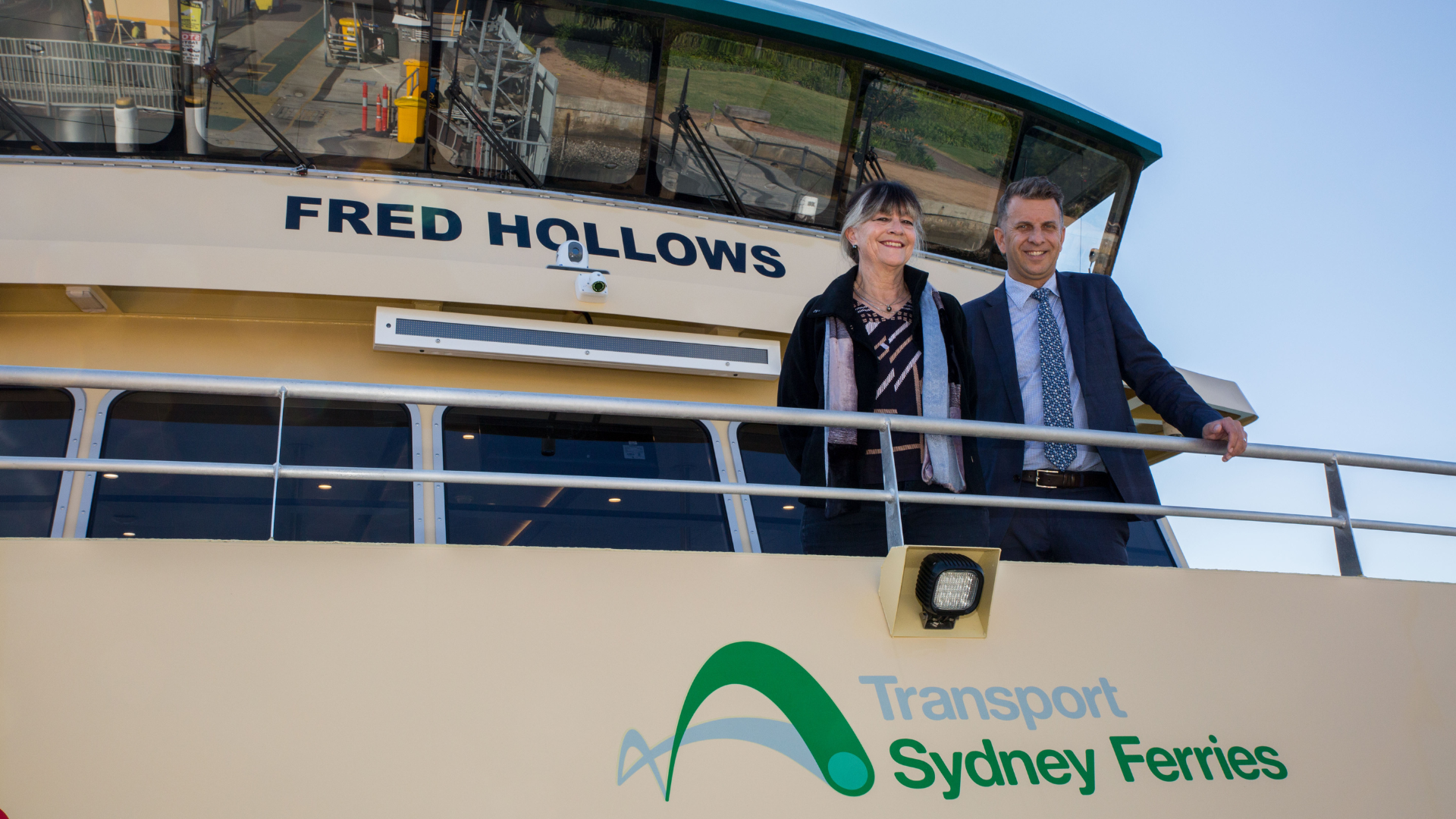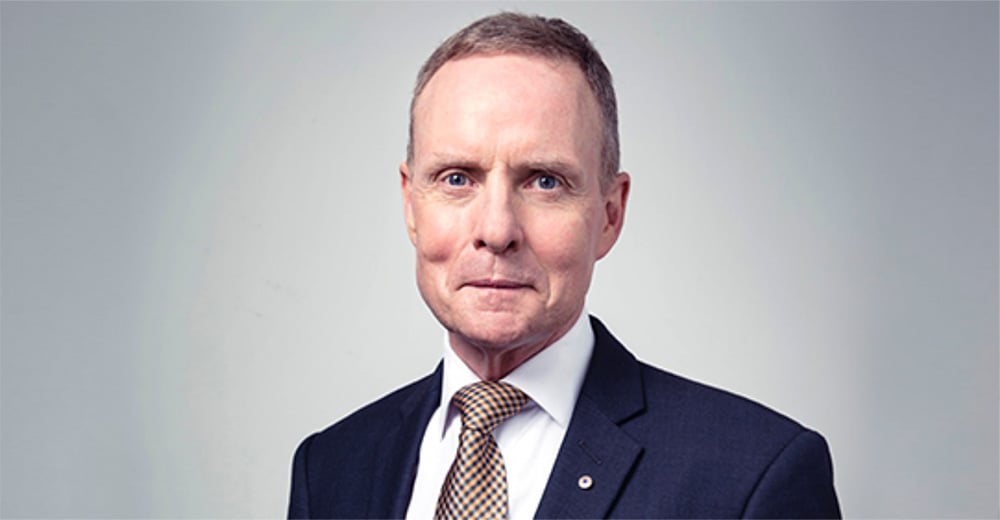10 Australian of the Year recipients who will inspire you
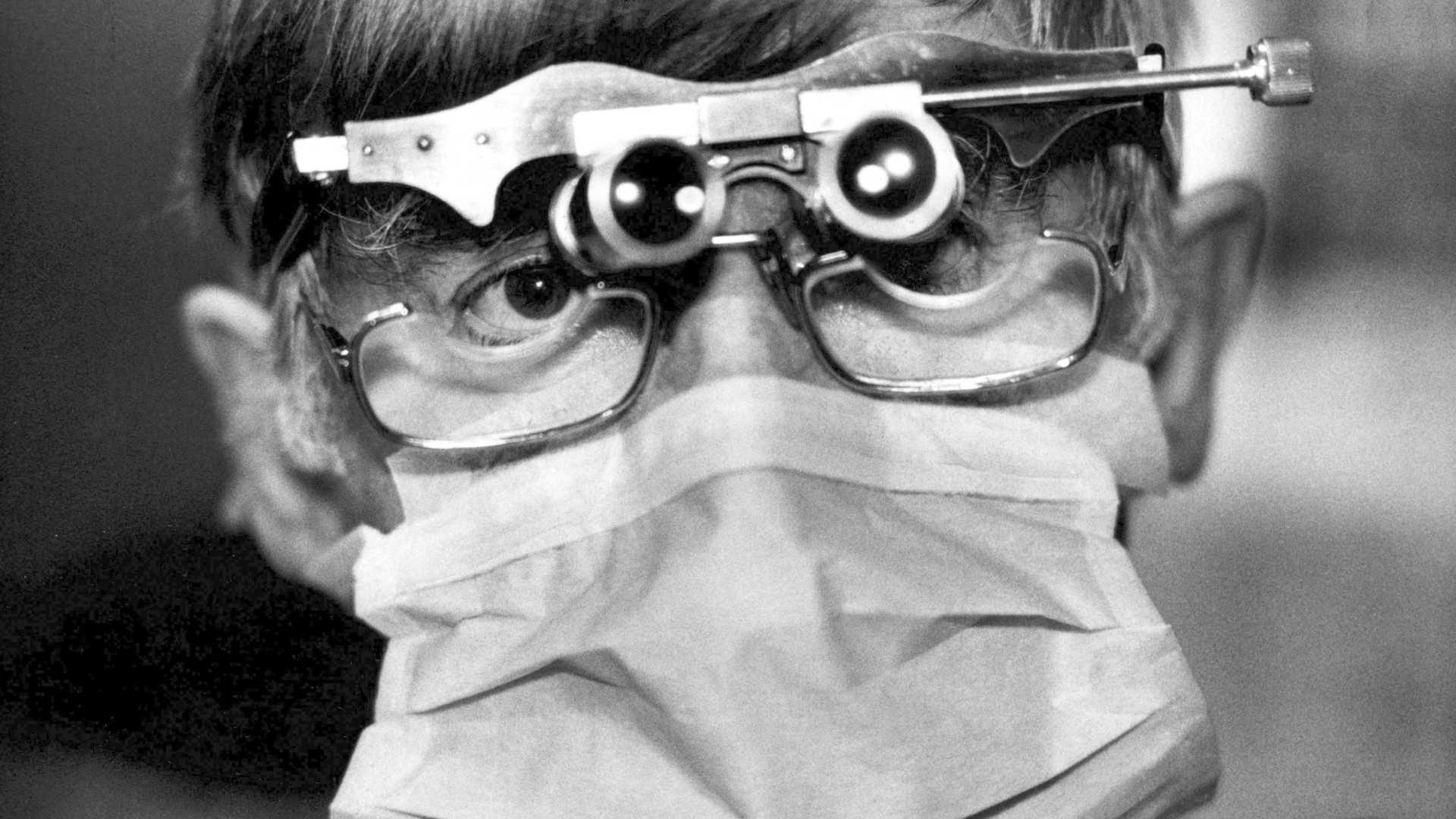
The Australian of the Year award recognises inspirational Australians each year for their incredible contribution to society, whether it is through their charitable work, show of leadership, advocacy or social work. It could also be for their groundbreaking work in the fields of medicine, science, engineering and technology or for their achievement in academics, arts or sports. They are eminent Australians from all walks of life who will inspire you to pursue your passion.
When the world feels like a scary place, when all the news is bad news, and when unprecedented events cause widespread loss and destruction, feelings of helplessness and anxiety are unavoidable.
But during trying times, everyday heroes emerge who step up to the plate as a beacon of hope in an otherwise dismal situation.
These unsung heroes give us all strength with their steadfast leadership, offering not just words of comfort but performing difficult tasks with kindness.
During the Australian Bushfire Crisis, we have seen incredible leadership and bravery from our first responders, especially the volunteer firefighters who have put themselves on the frontline, battling the blaze to protect us, our homes and properties, and the Australian Wildlife.
The NSW Rural Fire Service Commissioner, Shane Fitzsimmons, is in charge of handling this catastrophic emergency by coordinating thousands of volunteer firefighters who have spent months fighting the flames. The majority of them have taken unpaid leave from their day jobs, missed out on quality time with their families, and forgone their holidays during Christmas and New Years.
Shane Fitzsimmons has garnered the respect of all Australians for his strong leadership. He has been calm, clear-headed and compassionate during this devastating disaster, reassuring the public, and offering support to his team and their loved ones, especially the families of the fallen firefighters who lost their lives while defending ours.
The bravery of these men and women has resonated with us all and in the eyes of the entire nation, they truly are Australians of the Year. Even though nominations closed months ago and the finalists – all worthy – have been announced, no one will argue that every single volunteer firefighter is more than deserving of the moniker. They have gone above and beyond for their fellow Australian.
During these troubled times when we’re all looking for assurance and guidance, we want to turn your attention towards 10 inspiring Australian of the Year recipients from years gone by.
Their stories will uplift your spirits and motivate you to follow your passion, take action, and be the change you wish to see in the world.
In a hurry?
Click on the link below to go directly to the Australian of the Year you’re most interested in:
- Major General Alan Stretton (1975)
- Galarrwuy Yunupingu (1978)
- Lowitja O’Donoghue (1984)
- Professor Fred Hollows (1990)
- Sir Gustav Nossal (2000)
- Professor Fiona Stanley (2003)
- Dr Fiona Wood AM (2005)
- Adam Goodes (2014)
- David Morrison AO (2016)
- Dr Richard Harris SC OAM and Dr Craig Challen SC OAM (2018)
Major General Alan Stretton AO CBE (1975)
Major General Alan Stretton AO CBE was the commander of the cyclone Tracy relief operation. Cyclone Tracy ravaged Darwin on Christmas day in 1974, causing widespread destruction to property and taking the lives of 71 people.
Stretton managed the relief effort, evacuating 36,000 people and leading the restoration of essential services.
When named Australian of the Year Stretton responded by saying: “There should be 45,000 awards so that one could be awarded to each of the people of Darwin.”
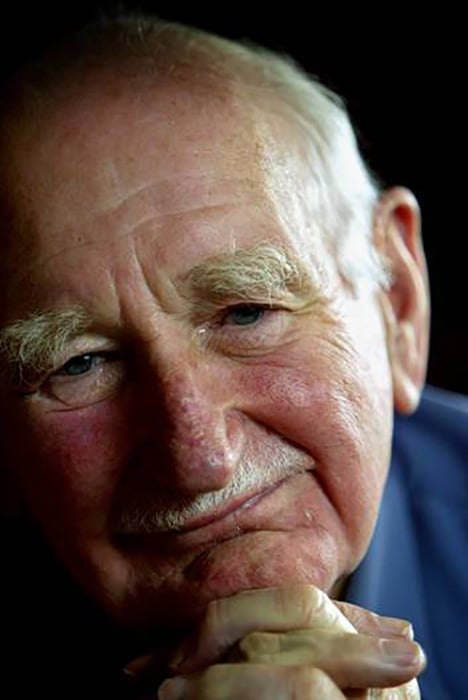
PHOTO CREDIT: The Canberra Times
Galarrwuy Yunupingu (1978)
Galarrwuy Yunupingu AM is an Aboriginal leader and land rights advocate. He is a Gamatj man of the Yolngu people.
Yunupingu helped his father draft the Bark Petition at Yirrkala in 1963, and gained nationwide recognition as the court interpreter for the landmark Gove Land Rights Case, even though it was unsuccessful. This was the first legal battle led by Indigenous Australians to challenge the exploitation of traditional lands by mining companies.
He was elected chairman of the Northern Land Council in 1977 and played a key role in negotiations surrounding the Ranger Uranium Mine to ensure that Aboriginal people were fairly compensated for the use of their land and that the land was used respectfully.
Even to this day, Yunupingu is advocating for the land rights of traditional owners.
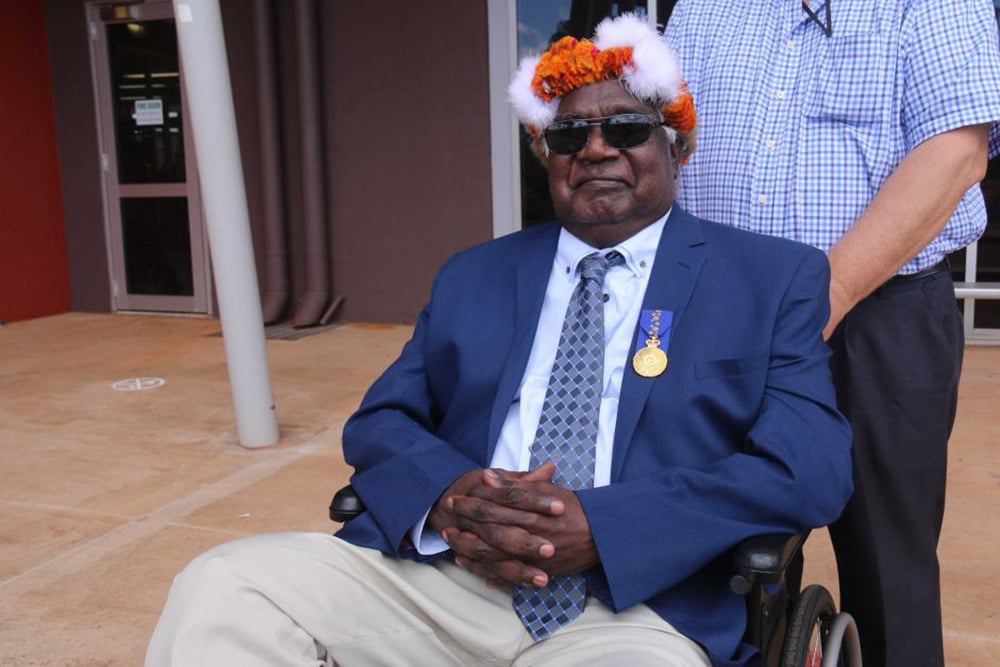
Lowitja O’Donoghue (1984)
Lowitja O’Donoghue is an Indigenous leader who was born in 1932 in South Australia. She was removed from her mother when she was only 2-years-old and raised at the Colebrook Children’s Home. She didn’t see her mother for over 30 years after that.
After completing high school, O’Donoghue fought hard to gain admission at the Royal Adelaide Hospital to train as a nurse, becoming the first black nurse in South Australia.
She worked as a nurse and welfare officer in remote Aboriginal communities where she built a strong reputation as an Indigenous rights advocate.
Later on, she was appointed the senior liaison officer for the Department of Aboriginal Affairs, and has chaired several boards, conferences and commissions related to the rights and welfare of Aboriginal and Torres Strait Islander People.
As well as being awarded the Australian of the Year, O’Donoghue has several accolades under her belt, including being named an Australian Living Treasure.
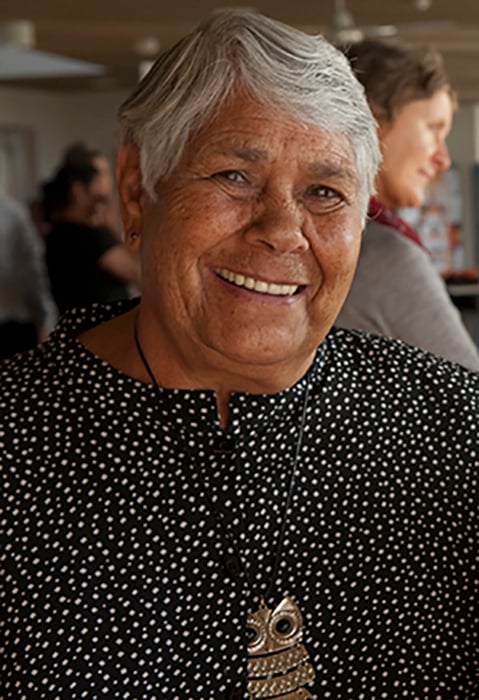
Professor Fred Hollows (1990)
Our very own Fred Hollows was named Australian of the Year in 1990 for his extensive humanitarian work providing eye care to people who needed it the most.Professor Hollows was an ophthalmologist who dedicated his life to restoring sight and fighting to remove the disparity that exists between the world’s wealthy and the world’s disadvantaged.
He had a hand in setting up the first Aboriginal Medical Centre in Redfern in 1971.
Then in the late 1970s, he was instrumental in the success of the National Trachoma and Eye Health Program.
He pioneered a low cost method of manufacturing intraocular devices (IOLs), which reduced the overall cost of cataract surgery, making it accessible in countries like Eritrea, Vietnam and Nepal.
He also trained eye care practitioners in developing countries so that they were readily available to help treat patients, and so that they were equipped to train other eye care medicos.
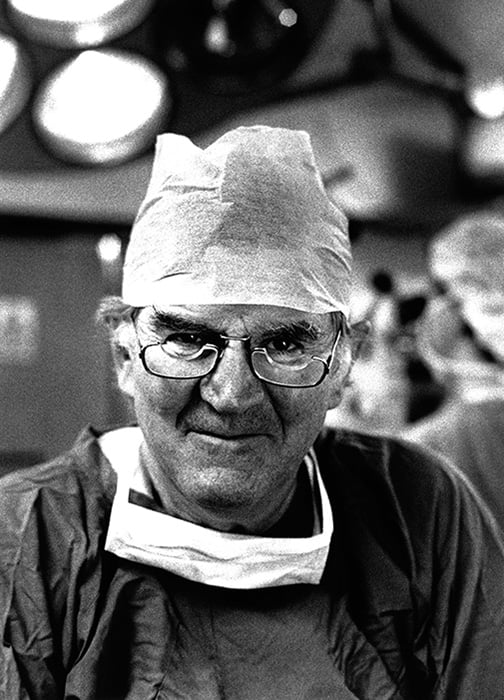
Sir Gustav Nossal AC CBE (2000)
Sir Gustav Nossal is an immunologist and medical scientist. He was born in Austria and migrated to Australia with his family in 1939. He studied medicine at the University of Sydney.Nossal became director of the Walter and Eliza Hall Institute of Medical Research at the age of 35 in 1965 and kept his position until 1996.
With him at the helm, the institute expanded their work and diversified their scope to cover haematology, parasitology, molecular biology and neural development.
Modern understanding of the immune system can be credited to Nossal advancing the understanding of Burnet’s theory and the immune system.
Nossal was also president of the Australian Academy of Science from 1994 to 1998.
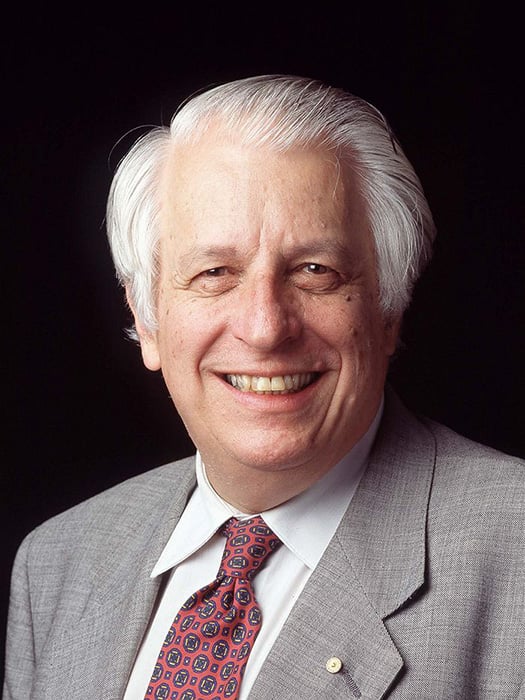
Professor Fiona Stanley AC (2003)
Professor Fiona Stanley is an epidemiologist and child health expert. She is renowned for advocating for better outcomes in child and maternal health.In 1993, She founded the Telethon Institute for Child Health Research, an independent research institute that looks into the cause and prevention of major childhood health problems. The institute also led Aboriginal health research.
In 2002, Professor Stanley played a key role in establishing the Australian Research Alliance for Children and Youth, an organisation that is focused on taking practical and preventative action to ensure the welfare of Australia’s youth.
As Australian of the Year, she toured the country, advocating on the importance of scientific research in improving the lives of children and Aboriginal people.
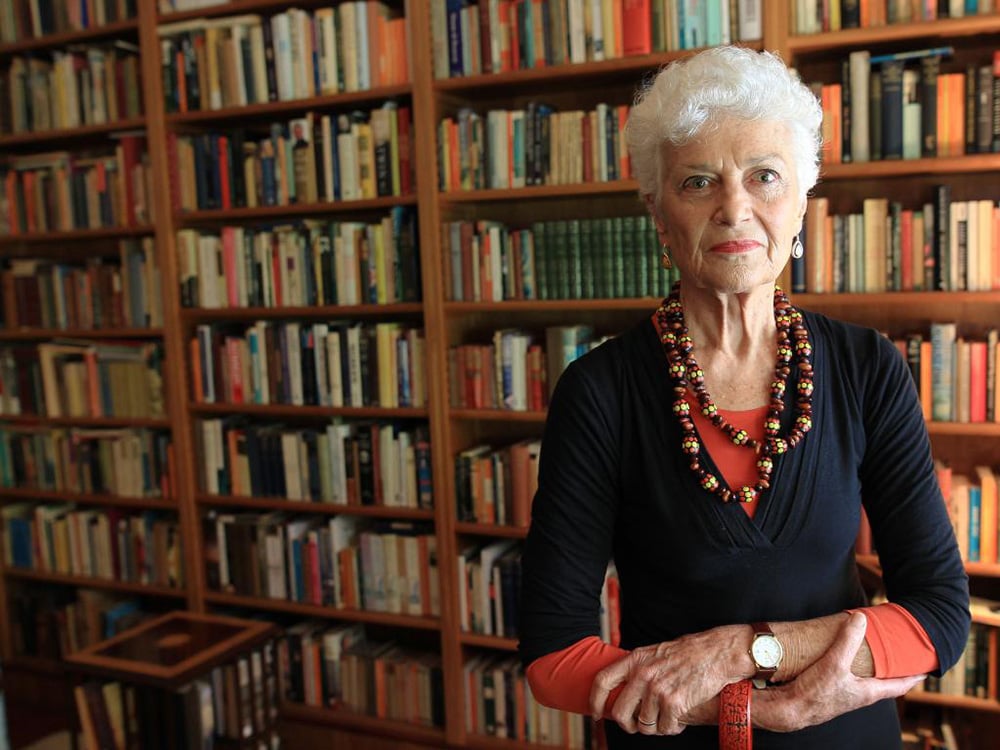
Dr Fiona Wood AM (2005)
Dr Fiona Wood is a plastic surgeon and 'spray-on skin' pioneer. She migrated to Perth from England in 1987.Dr Wood gained recognition Australia-wide in 2002 when she treated 28 victims of the Bali Bombings for burns.
After extensive research, she had innovated and patented a new ‘spray-on skin’ treatment to reduce permanent scarring in burns victims.
Patenting her method and creating a private company to promote it worldwide has allowed her to fund further research into burns treatment at the McComb Foundation, where she is the director.
Dr Wood is also the director of the Royal Perth Hospital burns unit and the Western Australia Burns Service. And she is a clinical professor with the School of Paediatrics and Child Health at the University of Western Australia.
On top of all this, she has also set up her own not-for-profit organisation, Fiona Wood Foundation, that aims to improve the outcomes and quality of life for those affected by burn injuries.
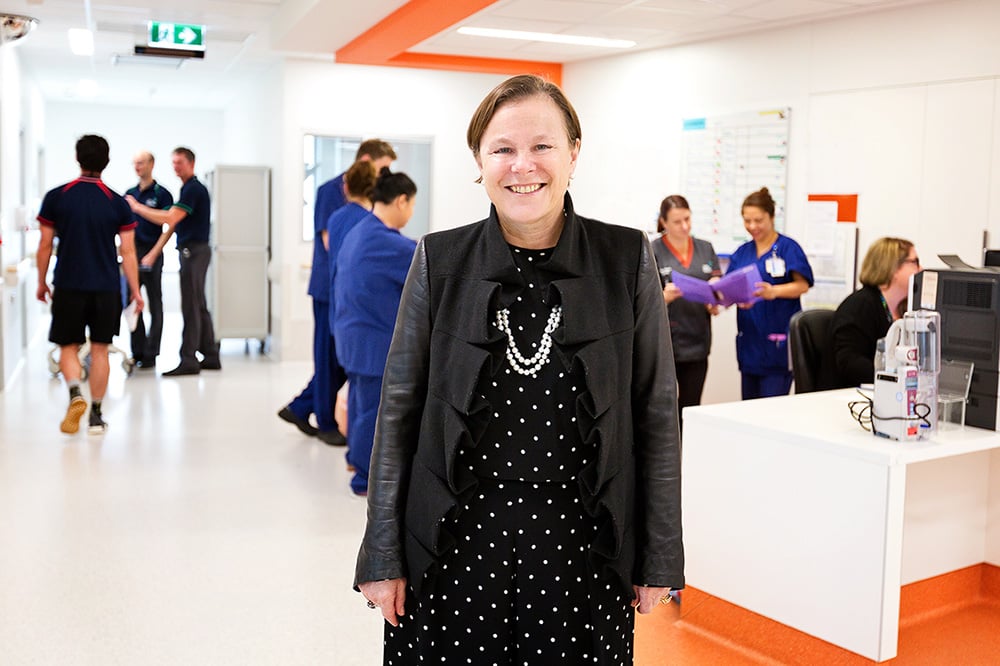
Adam Goodes (2014)
Adam Goodes is an AFL legend and a community leader. He was a champion Australian Rules football player with the Sydney Swans, winning two Brownlow Medals and two premierships during his tenure.He also is a four-time All-Australian member of the Indigenous Team of the Century, and has played for Australia in the International Rules Series.
A proud Adnyamathanha man, Goodes is an anti-racism advocate and is an Ambassador for the Racism. It Stops With Me campaign.
He is passionate about creating opportunities for Indigenous youth and empowering them through education as a director (and co-founder) of the GO Foundation.
He is also a director of the Australian Literacy and Numeracy Foundation, and is the CEO and co-founder of the Indigenous Defence & Infrastructure Consortium.
Goodes was named Australian of the Year in 2014 in recognition of his community work aimed at empowering the next generation of Indigenous role models as well as his advocacy in the fight against racism.
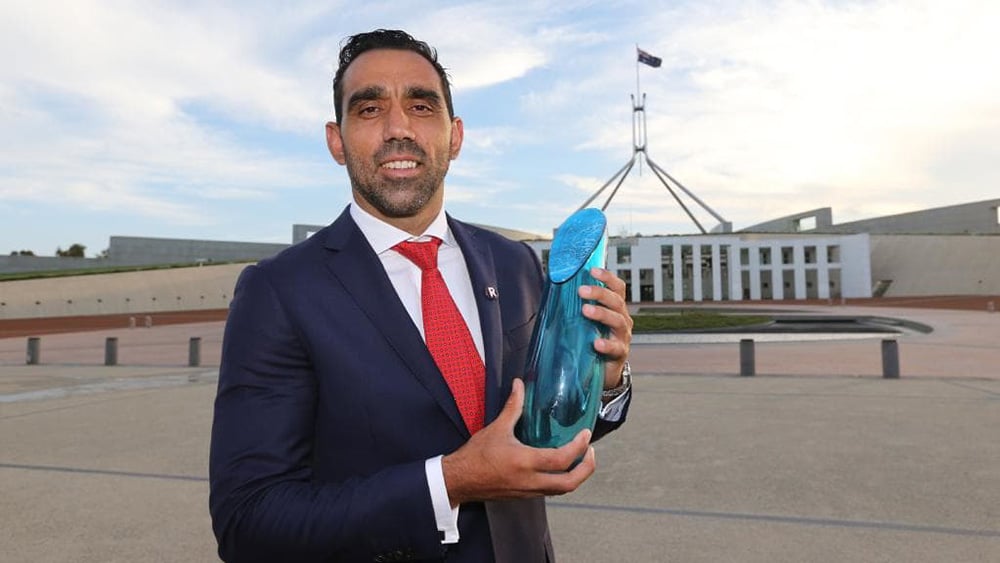
David Morrison AO (2016)
Lieutenant General David Lindsay Morrison AO is a retired senior officer of the Australian Army.He is an equality advocate well-known internationally for championing gender equality, diversity and inclusion.
He rose to public prominence in 2013 when his video issuing a warning to soldiers who couldn’t accept women as their equals went viral, and when he delivered his speech on gender equality.
Morrison is responsible for a cultural shift in the Australian armed forces, promoting diversity and inclusivity. He retired in 2015 after 36 years in the Australian Army.
Currently, Morrison is actively involved in advocating for human rights as the Chair of the Diversity Council Australia. He also promotes gender equity as a member of Male Champions of Change.
They were recognised as heroes for their courageous contribution as divers who were a very important part of an international rescue mission to save 12 young boys and their soccer coach. The team got in trouble when the Tham Luang cave in Thailand got flooded, trapping them in there for 17 days.
Dr Harris is an anaesthetist and has served as an aeromedical consultant and anaesthetist within medical retrieval services. He also has over 30 years of cave diving experience, being awarded the Australasian Technical Diver of the Year in 2017 by OZTek.
Dr Challen – a retired vet – was named the Technical Diver of the Year 2009 by OZTek and has set depth records in diving.
The diving partners were both awarded the Star of Courage for their selfless bravery and tireless work that led to the successful extraction and rescue of the soccer team.
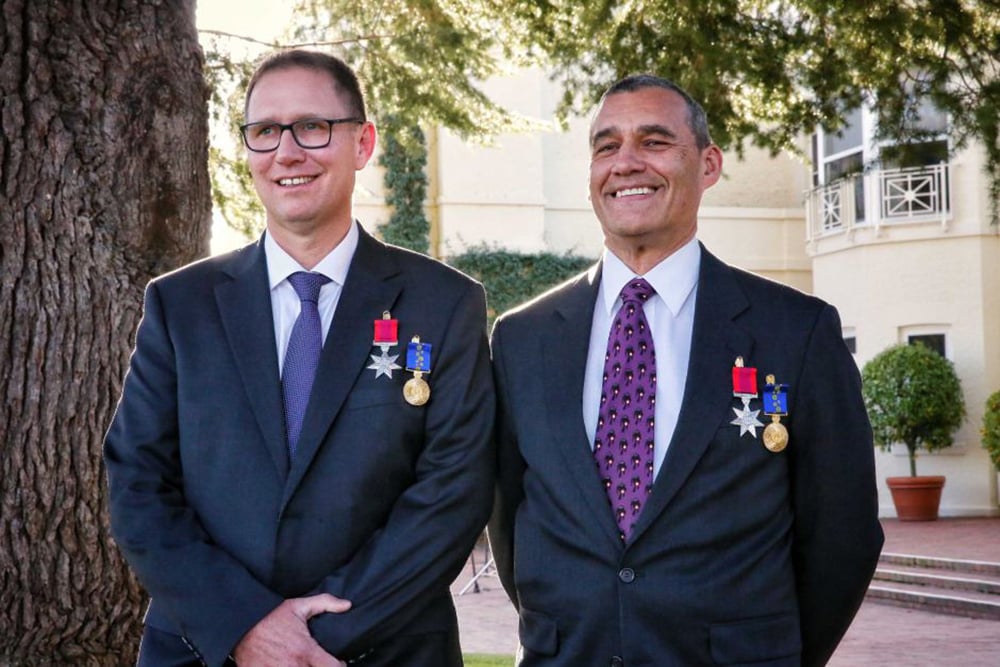
COVER PHOTO: Colin Murty (1990)
Meet the author
Related articles
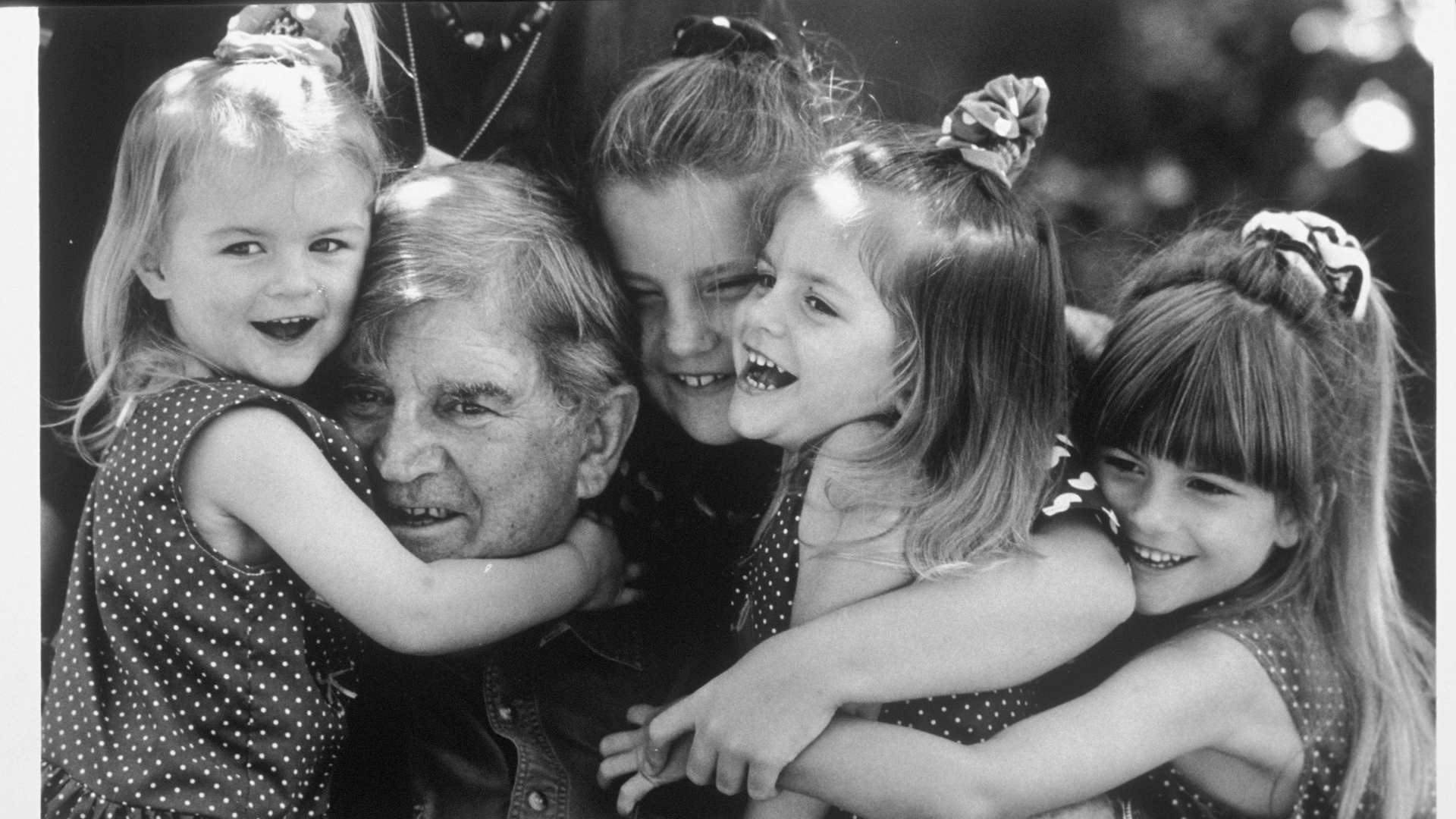
5 moments that defined Fred Hollows' legacy
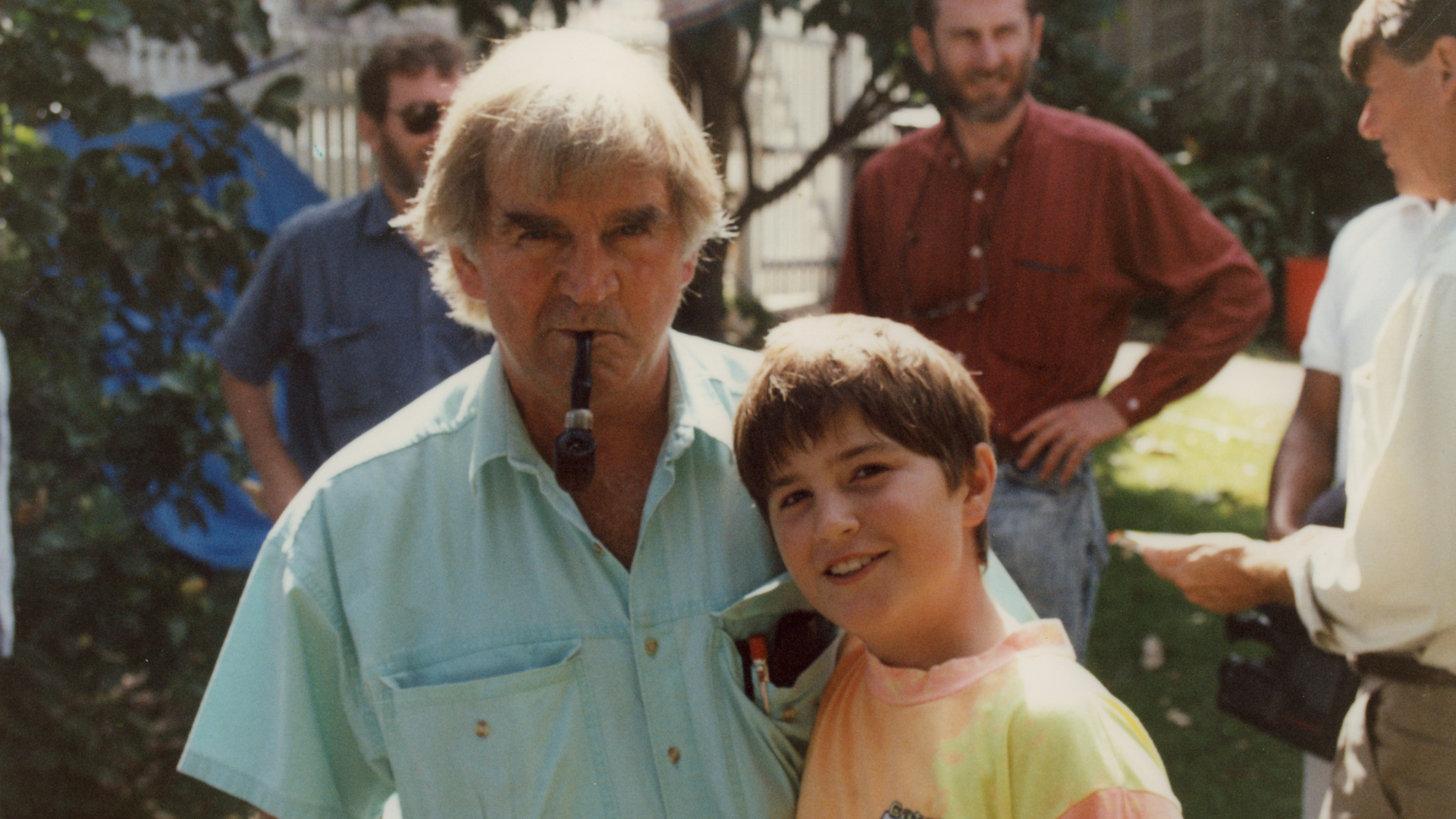
7 Things My Dad Taught Me About Changing Lives
